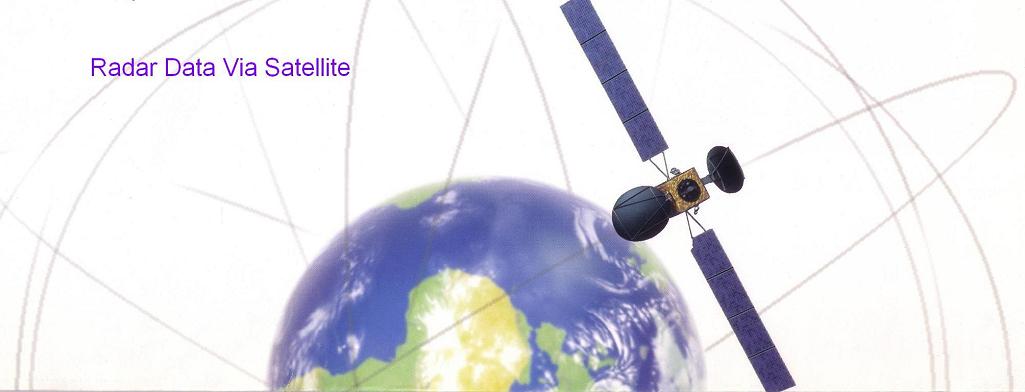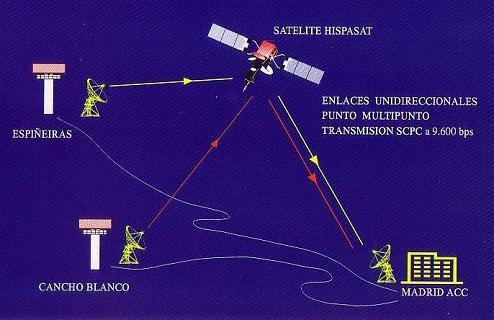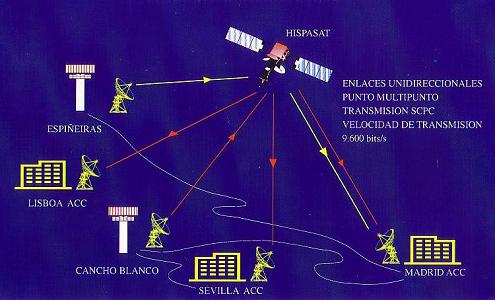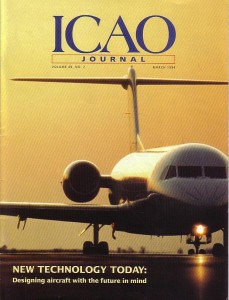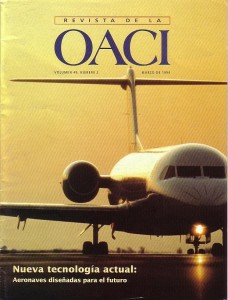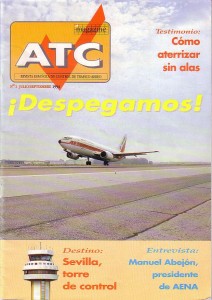The radar service provided by air traffic controllers to aircraft is highly dependent on the quality and availability of the links used for transmitting the radar data from the radar sites to the ATC units concerned.
Often, the ground lines used for these links are not specifically designed for data transmission and in many cases are of very poor quality.
Data losses due to poor quality lines generate an extra air traffic controller workload, reducing the maximum number of aircraft that simultaneously can be controlled, and therefore reducing ATC capacity.
Ground lines also can be cut rather easily by accidents, construction works, sabotage, theft of cable, fire, flooding and other catastrophes.
Line losses can cause dangerous situations related to the safety of aircraft affected and a considerable reduction in ATC capacity.
In order to provide the level of link integrity, availability and continuity of service required by the radar services there where a high ATC capacity is required, the use of two different types of links, with different paths and subject to different risks, is highly recommended. Link type diversity minimizes risks.
Satellite fixed links offers both, a high level of quality, and an alternative redundant different type link, which when used in combination with the current ground link, will meet the most demanding requirements.
From 1990 to 1994, David Diez was deeply involved in the proposal, planning, system specification, coordination and implementation of a programme for upgrading the Spanish civil aviation radar data distribution system by using satellite fixed links to connect remote radar sites to ATC units.
Click to see supporting AENA CERTIFICATE
Two remote radar sensors, one in Cancho Blanco and other in Espiñeiras were connected to Madrid ACC via the satellite HISPASAT
The architecture permits radar data sharing with Seville ACC and any other adjacent ACC, such as Lisbon, interested in receiving the radar data. The only condition is to be within the HISPASAT footprint.
Sharing radar data this way becomes easy and inexpensive, since space segment providers charge only for up-links
See below some magazine articles by D.Diez giving details on this subject
ICAO JOURNAL MARCH 1994
Satellite fixed link offers higher operational availability than conventional ground links
REVISTA DE LA OACI MARZO 1994
ATC Magazine Nº 1 JULY / SEPTEMBER 1994
Comienza en España la transmisión de datos radar vía satélite
